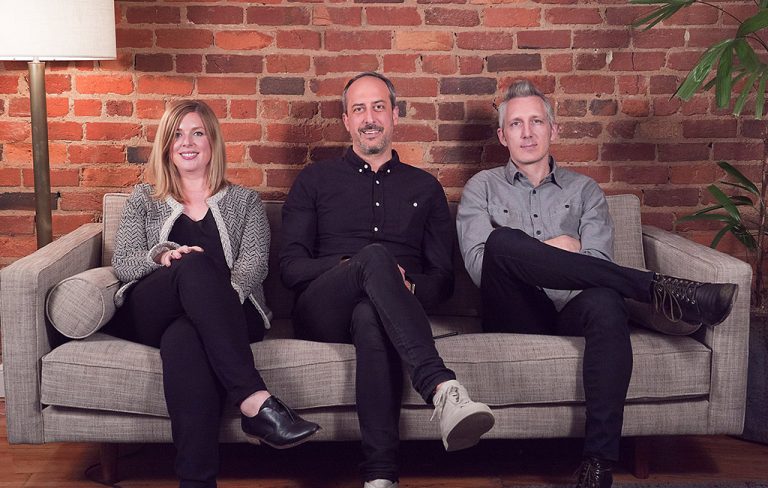
Rather than appearing airless from the employment of blank space and simplified palettes, this restraint allows controlled punches of color to invigorate subjects. The century’s jump from the carefully outlined and realistic Neoclassical tradition to a new Impressionist influence hints at the arresting potential for artistic expression through restraint. Walking past a wall partition introduces the second room, this time painted light gray, which features softer and more intimate scenes between mothers and children as well as farmers and their nobly framed livelihoods. In the wake of the Revolution and the introduction of newfound aesthetic inspirations from Japan, artistic prerogative began to animate color printing nearly a century later. The many uncredited hand colorists and artists that produced these pieces with a self-awareness of their cloyingly sweet sentiment and vanity. One print, “Dance Mania” (1809), depicts a party attended by aristocrats, who have been contorted into ostentatious poses and wide grins, a facetiousness which contrasts the atmosphere of the French Revolution just ten years before.
#Hue and cry head of production series#
I entered the first room, which was painted floor to ceiling in a pastel pink and contained a series of expensive prints commissioned by an upper class that displayed them as curiosities. Instead, Hue & Cry opens with the early fine-tuning of precise color imaging in the era leading up to the French Revolution. Unlike the Clark’s most recent print-making exhibition, Competing Currents, which featured Japanese ukiyo-e aesthetics and techniques, Hue & Cry presented the newfound global commerciality of prints.


The Clark Art Institute’s new exhibition titled, Hue & Cry, inspires an appreciation of French color prints through a confectionery of bright pastels and prints. (Photo courtesy of Clark Art Institute/Thomas Clark.) FebruThe Clark Art Institute’s newest exhibition features French prints.


 0 kommentar(er)
0 kommentar(er)
